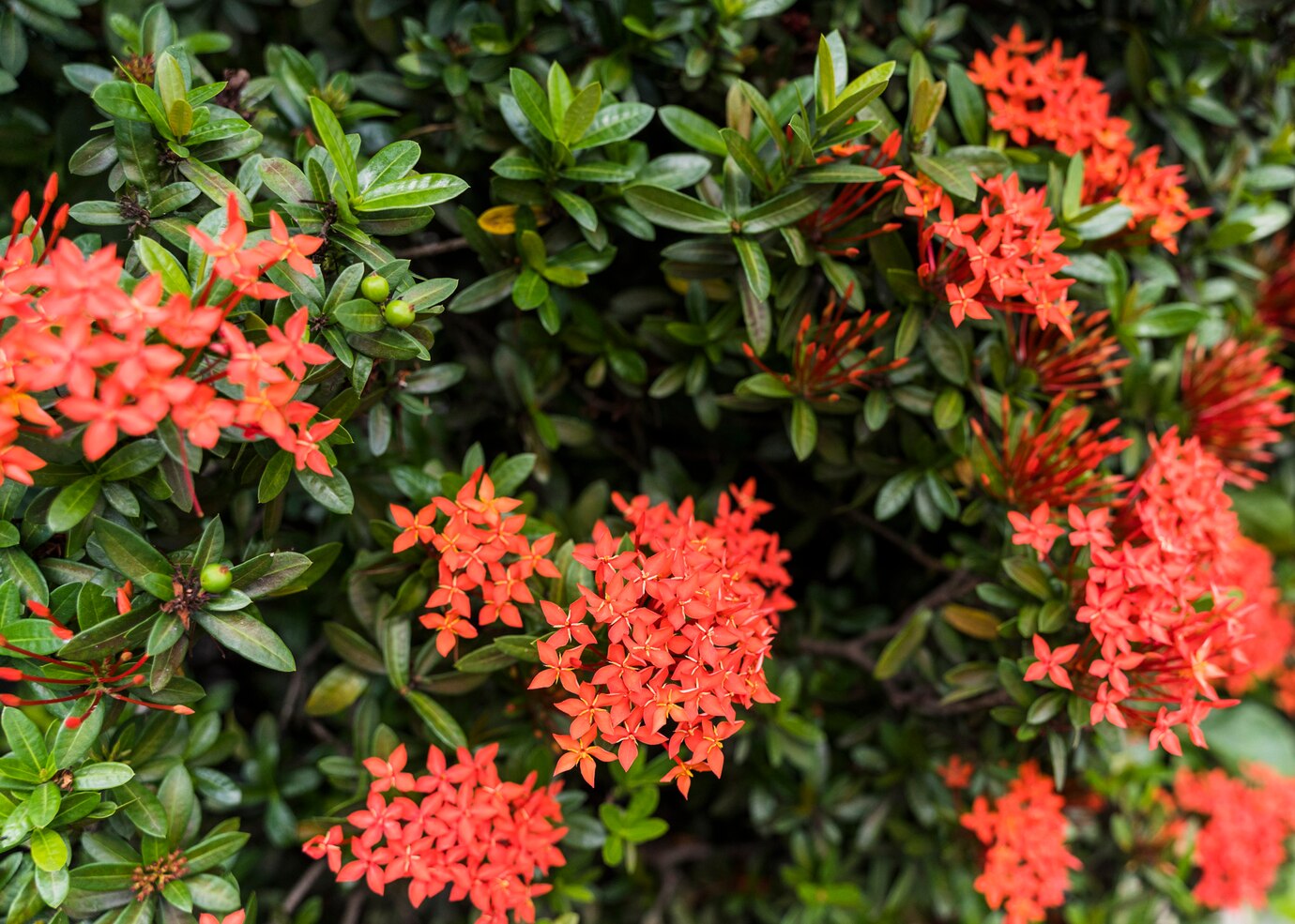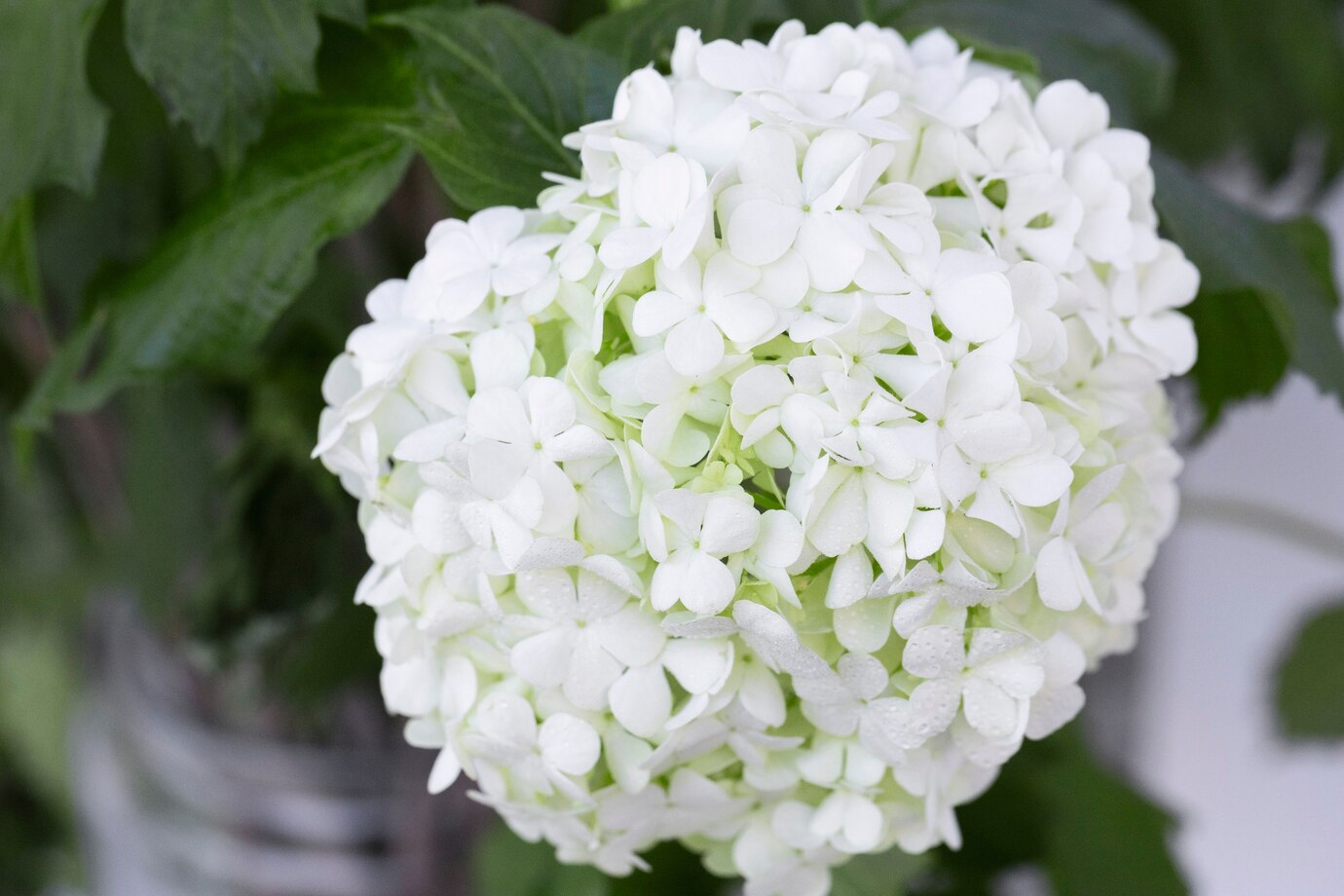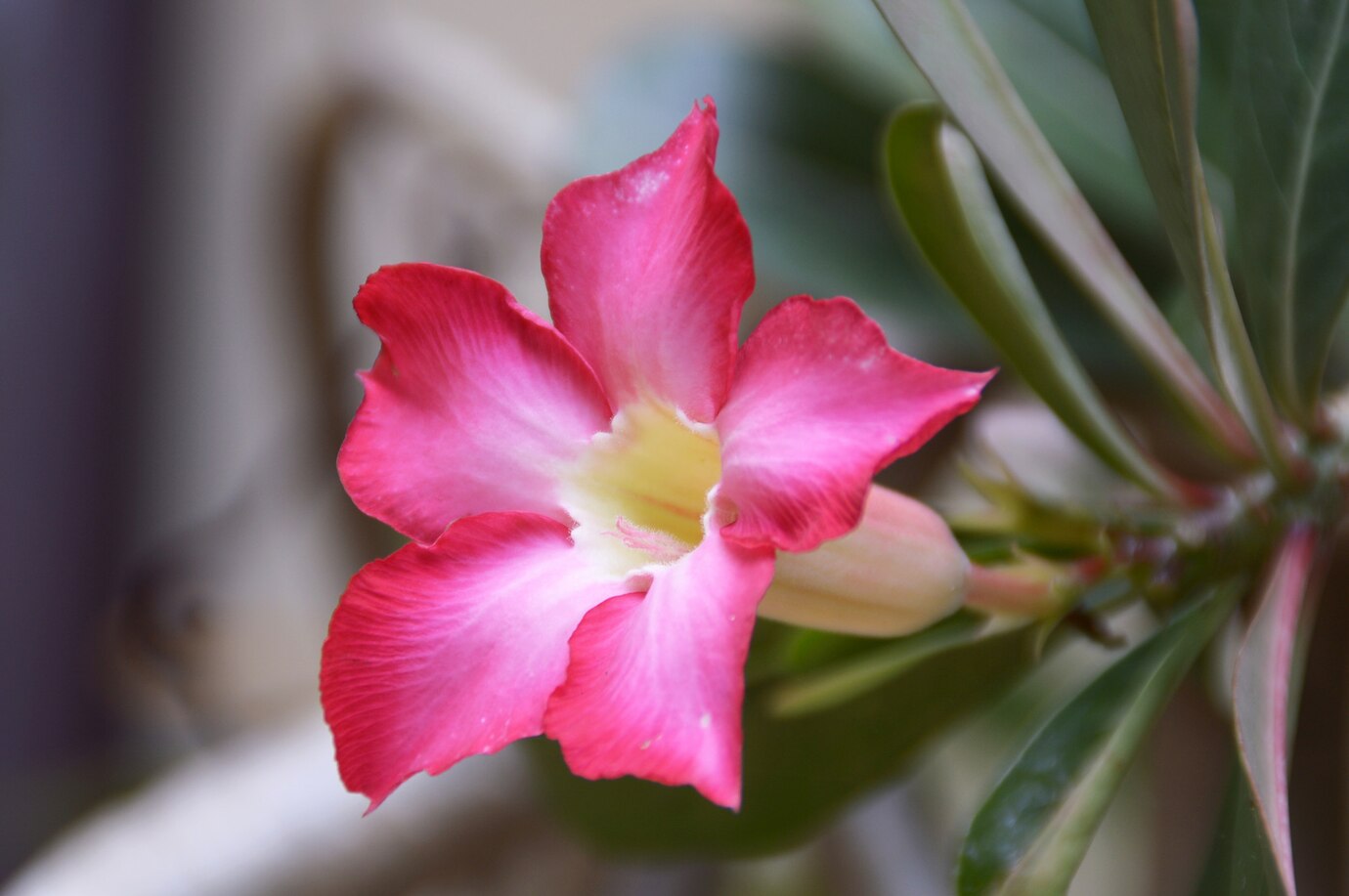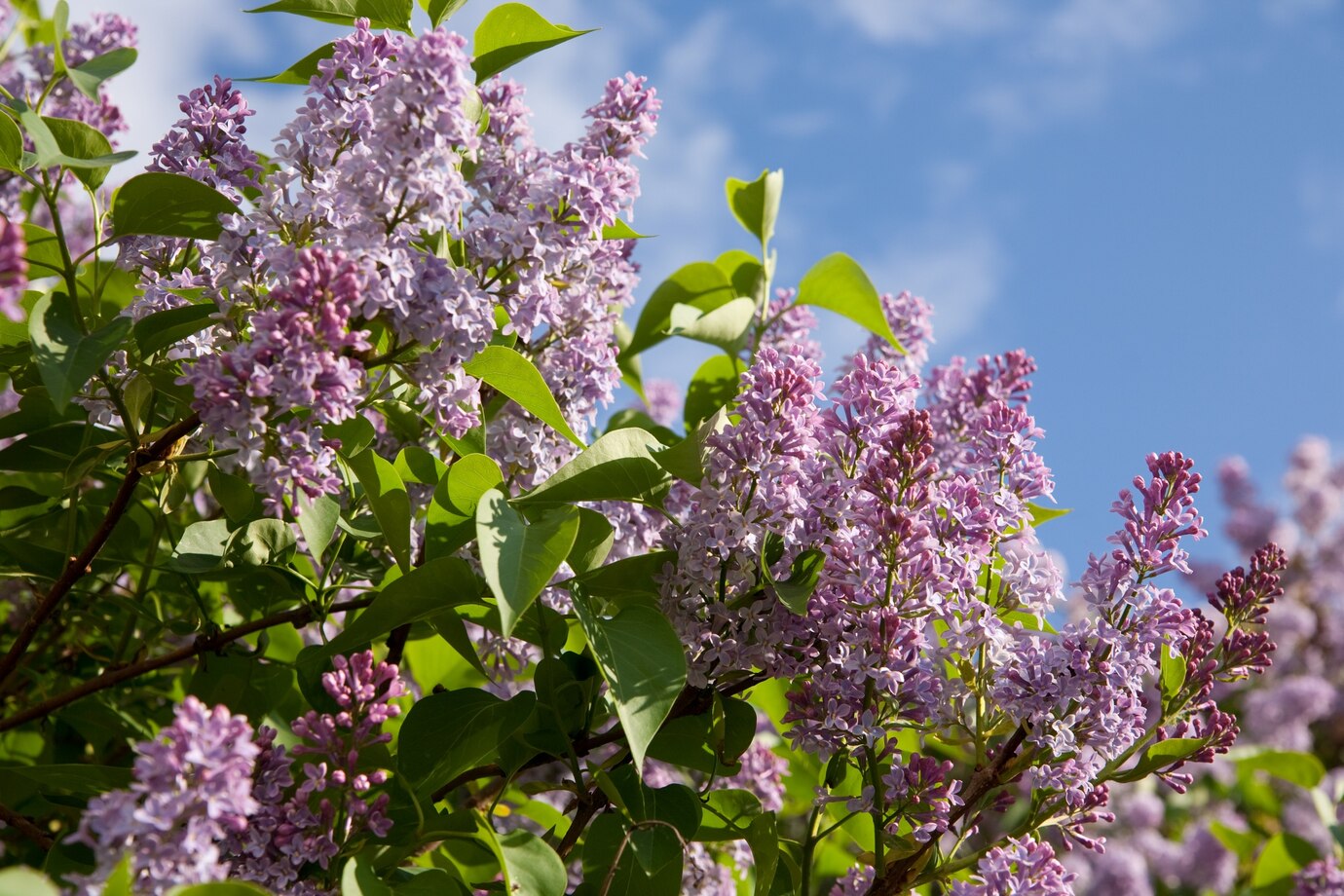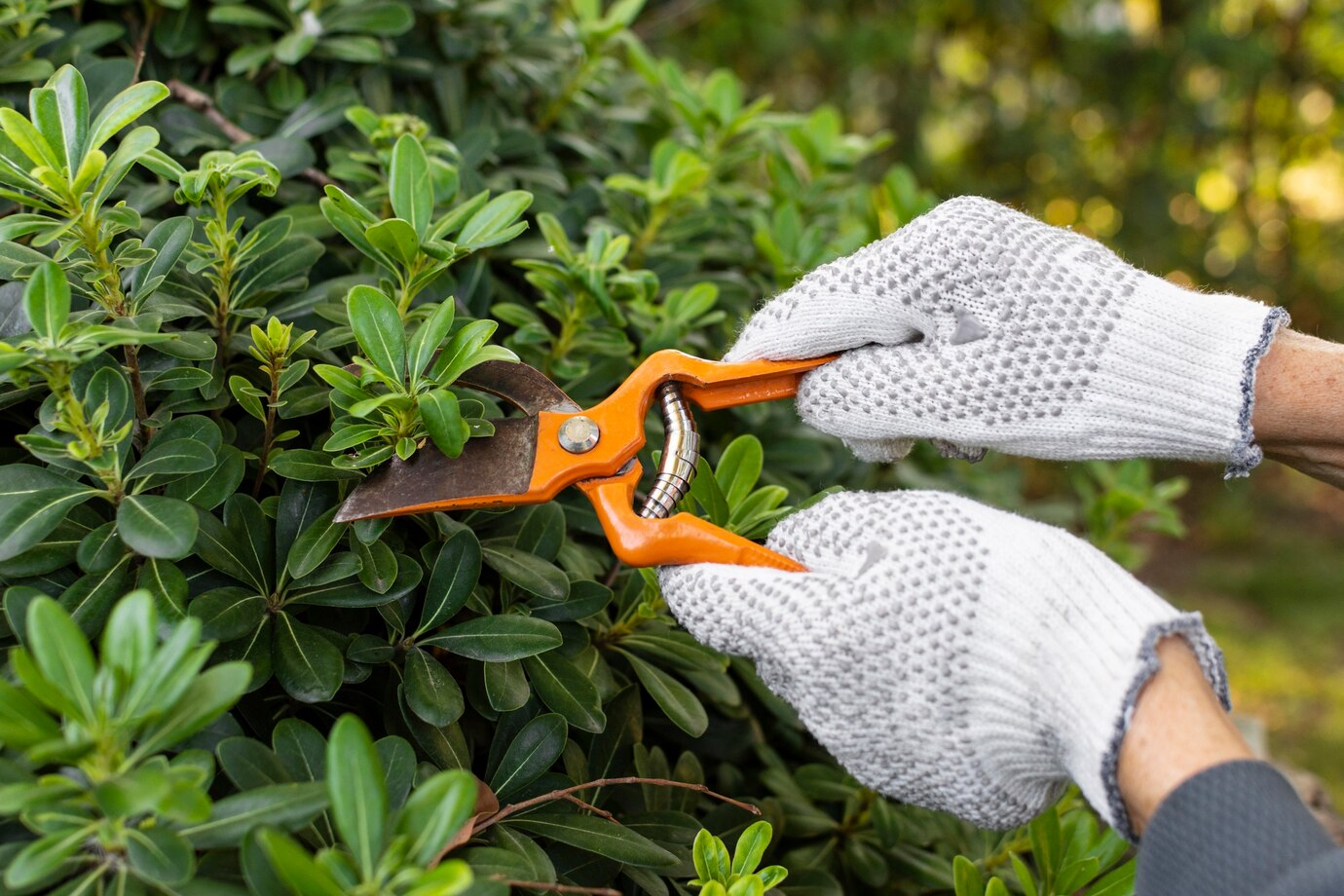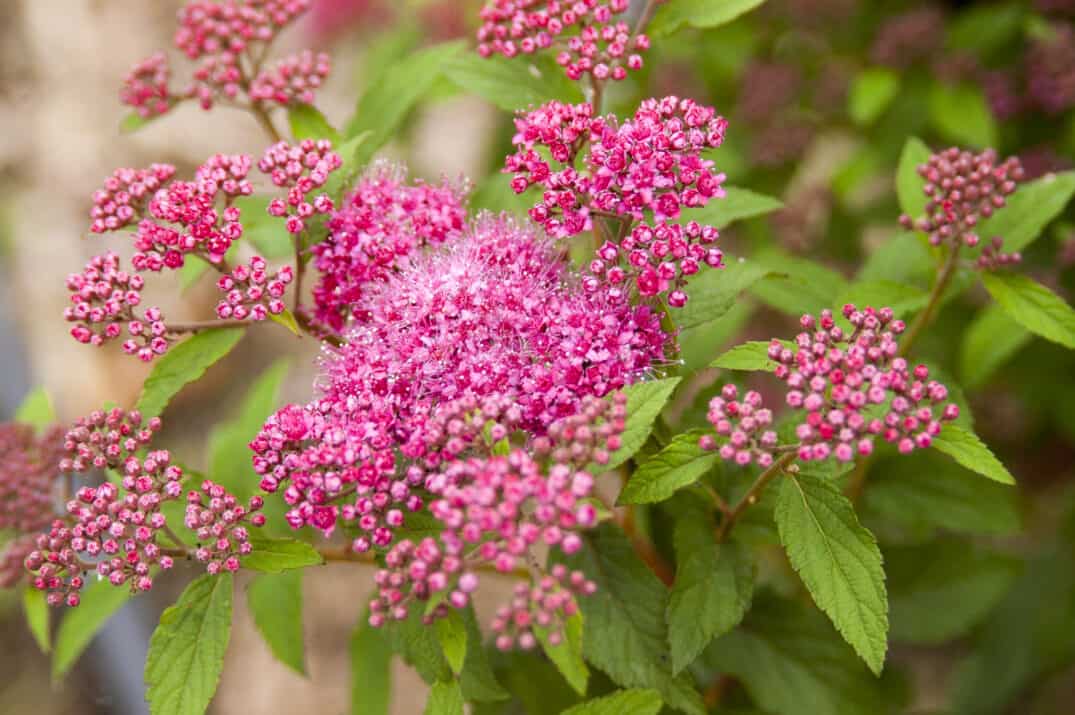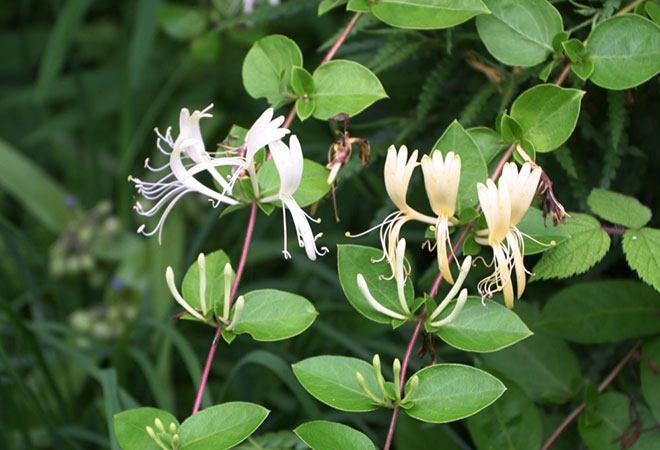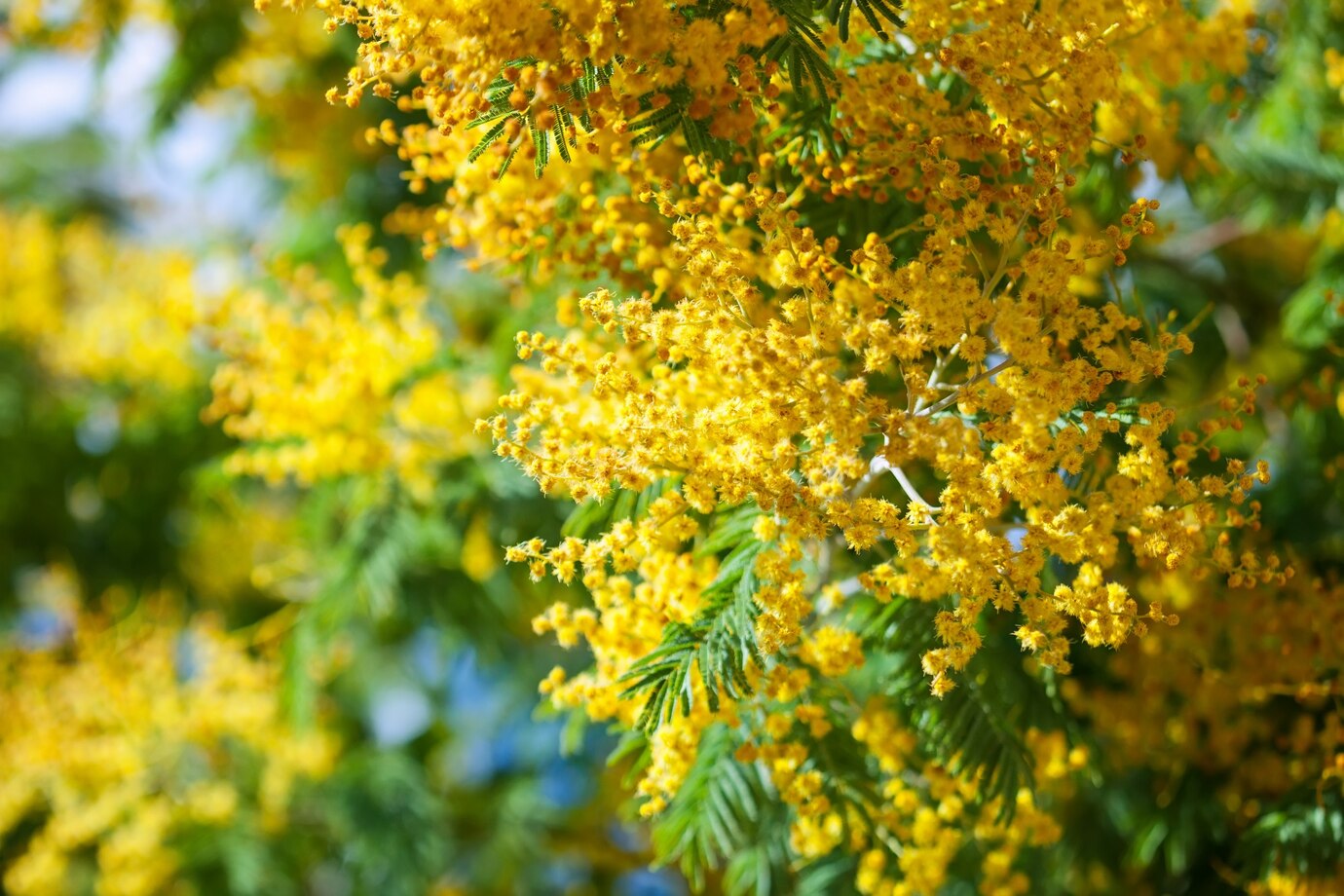Flowers have a magical way of brightening our lives, even on the dullest days. A vibrant potted plant indoors can uplift your mood and offer hope when things feel slightly off. If your indoor garden is already filled with the usual blooms and you’re craving something a little different, here’s a fresh idea. Imagine a shrub that produces stunning, eye-catching blossoms and adds a touch of elegance to any corner of your home. Intriguing? Meet the exotic beauty and learn how to grow Ixora.
Table of Contents
ToggleAbout Ixora
Ixora is a charming tropical shrub celebrated for its vivid clusters of small, four-petaled flowers. These showy blooms come in striking shades and grow in dense bunches that instantly grab attention. While Ixora thrives outdoors in tropical climates, it can also be grown indoors in humid conditions. It prefers full sunlight, consistently moist, acidic soil, and warm temperatures ideally above 60°F to flourish.
How to Grow Ixora From Seed
Once in a while, Ixora flowers may develop dark purple berries, which occasionally contain viable seeds. If you’re lucky enough to find these, you can try growing new plants from them by following these simple steps:
- Remove the pulp from the berries and place the seeds in water and let it soak overnight to soften the outer coating.
- Prepare a small 2-inch container with a quality seed-starting mix, then plant the seed and water it thoroughly.
- Cover the pot with a clear plastic to create a mini greenhouse effect.
- Place the container in a warm spot with indirect light.
- Once the seed begins to sprout, move it into a brighter area and remove the plastic cover to allow for airflow and healthy growth.
Ixora Care
Ixora plants are tropical beauties that thrive with the right balance of moisture, warmth, and light. Follow these tips to help your plant stay vibrant and healthy:
Light Needs
Ixora thrives in bright, filtered light. Aim for 8 to 10 hours of sunshine per day. However, be cautious during the peak summer months as excessive direct sunlight can burn the leaves. Position your plant where it gets ample light without exposure to the harsh midday sun.
Soil Needs
Use a soil blend rich in organic material, preferably one with a peat base. Ixora prefers slightly acidic soil, ideally between pH 5.5 and 6.5. Alkaline soils (pH above 7.0) can lead to dull, lackluster foliage and poor growth.
Watering
As a tropical shrub, Ixora enjoys steady moisture. Water regularly to keep the soil damp but avoid waterlogging. You can slightly reduce watering in cooler months, but never let the soil dry out completely.
Ideal Temperature & Humidity
Ixora does best in warm temperatures above 60°F (15°C). Keep it away from drafty windows or cold air vents. High humidity is essential. Either mist the plant daily or use a small humidifier nearby. Rooms like the bathroom or kitchen naturally provide a better environment for humidity-loving plants.
Feeding
To encourage strong growth and frequent blooming, feed your Ixora in spring with slow-release fertilizer or use a liquid fertilizer weekly during its active growing season. Balanced nutrition supports healthy foliage and flower development.
Potting and Repotting Ixora
While all Ixora varieties adapt well to containers, dwarf types are particularly suited for pot life. These plants don’t appreciate being root-bound, so repotting them as they grow is important. Select a 6- to 12-inch clay pot with ample drainage holes to avoid water accumulation. For the best results, plant in high-quality potting soil blended with equal parts peat moss and perlite to promote aeration and drainage. Ixora is also an excellent candidate for bonsai cultivation. When kept indoors, avoid placing the plant near drafts or spots with frequent temperature changes.
Overwintering
Ixora is not frost-tolerant. If temperatures in your area drop below freezing, especially near 28°F (-2°C), shield outdoor plants with a breathable fabric like a bedsheet. In case the cold damages the plant, wait until spring and prune away any dead or brittle branches to encourage new growth.
Pests and Disease Management
Ixora is prone to attacks by common garden pests like aphids, mealybugs, and scale insects. Act quickly if you notice sticky residue, curled leaves, or black mold-like patches. Treat infestations with neem oil or a gentle insecticidal soap spray. The black residue (sooty mold) is a secondary problem caused by pest secretions. Ensure your plant has good air circulation to prevent this fungal issue, which can block sunlight and slow down growth over time.

